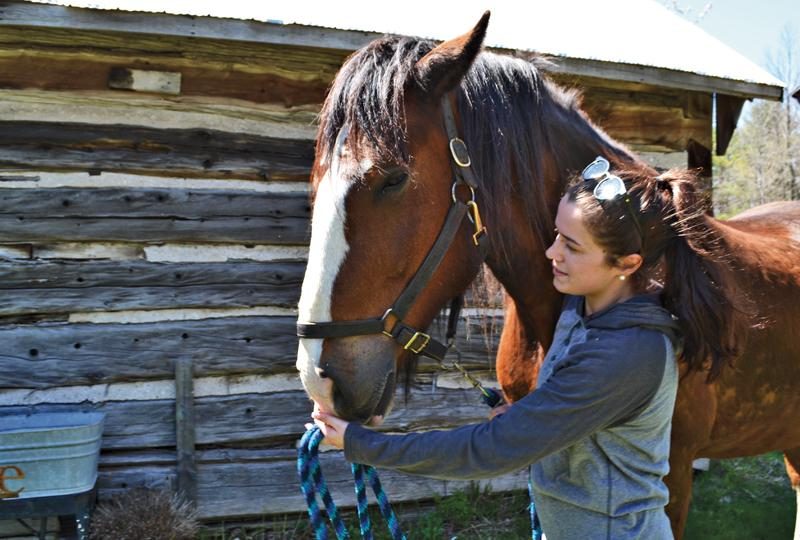
How to avoid braces and improve your child’s oral health
We are witnessing one of the most important health trends in human history and yet it is going seemingly unnoticed.
We know that braces are expensive – they can cost anywhere from $3,000 to $10,000 per child! It is estimated that about 50 percent of children require braces to fix functional problems such as crowding teeth. Instead of spending thousands of dollars on treatment, what if we tried an alternative route to preventing crowded teeth to begin with?
My journey started when I noticed my three-year-old son’s baby teeth were crowded, which was alarming as baby teeth are supposed to have space between them. The search for why this happened and how to prevent future adult teeth from crowding led me to help many patients who were in situations similar to my son’s.
One way to prevent teeth crowding and other severe dental issues is by improving tongue posture. The correct resting position for your tongue is pressed against the roof of your mouth with your lips sealed, rather than the tongue hanging and resting at the bottom of the mouth. The tongue is a powerful muscle and acts like natural braces during childhood, helping to develop the upper jaw properly. This allows enough room for the teeth to erupt and decreases the chance of narrow jaws and crowded teeth.
Proper oral resting posture also allows for nasal breathing, which is the way we were biologically designed to breathe — not through the mouth. Mouth breathing dries out the mouth and lowers the pH of our oral microbiome. This is important because saliva acts to neutralize acids and harmful bacteria in the mouth. The risk of cavities is much higher in those who breathe through their mouth rather than their nose.
Along with an increased risk of cavities and crowded teeth, mouth breathing can be detrimental to children in so many ways. Over time, chronic mouth breathing contributes to the narrowing of the airway, which leads to snoring, sleep disordered breathing, sleep apnea, and overall poor sleep quality. In fact, many children are misdiagnosed with ADHD, when it is often an airway disorder and poor sleep impacting the child’s behaviour and development. Mouth breathing also leads to enlarged tonsils and adenoids, bad breath, gum disease, fatigue, trouble focusing, and poorer quality of life.
If you have noticed that you or your child is a mouth breather, you may be wondering what to do next. The answer is to see a myofunctional therapist who will help re-educate the tongue and orofacial muscles for proper oral posture and function, breathing, swallowing and speaking through different physical therapy exercises. Correcting tongue posture and breathing issues early is not only beneficial to one’s health but can prevent years and thousands of dollars’ worth of orthodontic work in the future.
Raising awareness and sharing information is vital. Prevention is key! Start early and find an airway dentist who can help children and babies as young as one month old. We don’t just wake up one day with dental and airway issues. Catch them early and get the support you need to help your child thrive.







